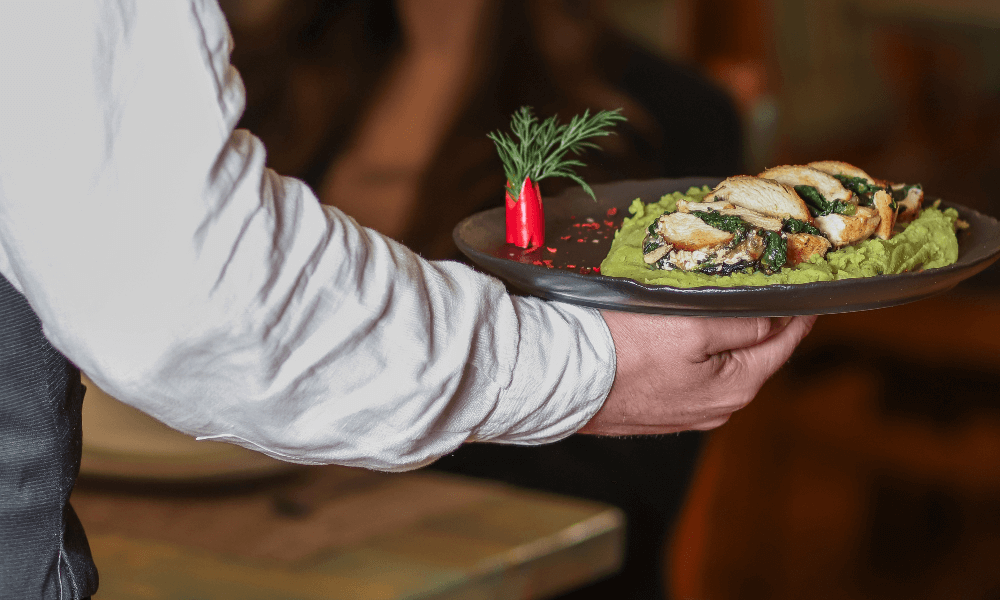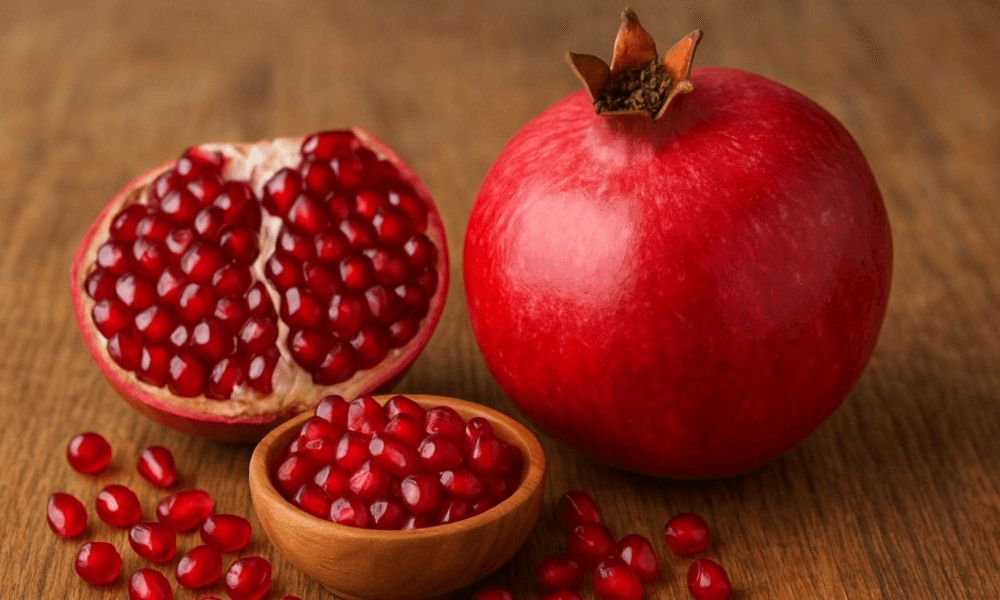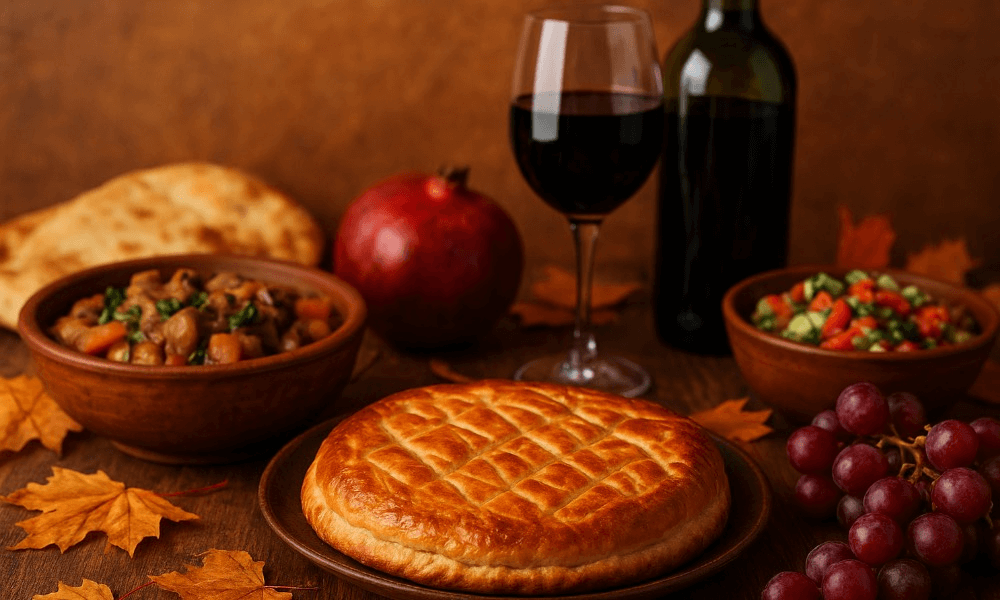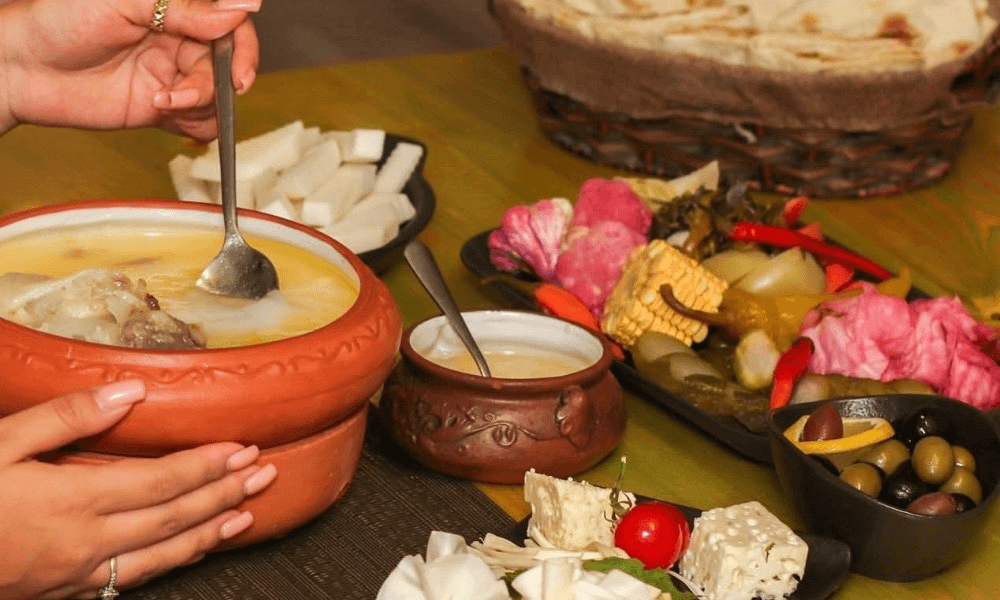
Traditional Armenian Dishes for Lent and Easter
Armenian cuisine is not only rich in traditional dishes but also unique customs that accompany Great Lent and Easter. During this period, many people choose plant-based foods, and the festive Easter table is full of symbolic dishes.
At Gata Pandok, you can enjoy both Lenten dishes and traditional Easter dishes prepared with the best flavors of Armenian cuisine. During Great Lent, we offer plant-based options that are both delicious and nutritious. Some of the dishes include:
- Zhengyalov Hatz – bread filled with fresh herbs, which is irreplaceable during Lent.
- Lenten Dolma – dolma with rice and mushrooms wrapped in grape leaves or cabbage.
- Lenten Pilaf with Raisins and Walnuts – a sweet dish symbolizing abundance.
The main guest of the Easter festive table, of course, is Gata. At Gata Pandok, we bake the most delicious, soft, and fragrant gata, which complements the Easter table.
- Gata – prepared using the traditional recipe with aromatic dough and a rich filling.
- Harisa – an Easter dish that embodies patience and Armenian traditions.
- Sweet Pilaf with Raisins and Walnuts – a key part of the festive table.
During Great Lent, enjoy traditional Armenian Lenten dishes, and complete the Easter festive table with fresh, baked gata from Gata Pandok.
Armenian Cuisine
Armenian cuisine has a centuries-old history and is an essential part of the culture. It is characterized by natural ingredients, a variety of flavors, and traditional recipes passed down through generations. Armenian dishes widely use local products such as meat, grains, vegetables, herbs, and spices. The combination of sweet and sour, spicy and mild, fried and boiled dishes is masterfully blended in Armenian cooking.
Armenians not only love tasty food but also place great importance on the process of preparing meals. Homemade dishes continue to form the foundation of Armenian cuisine. Lavash, harisa, dolma, grilled meats, gata, and other traditional dishes define the essence of the cuisine. Lenten dishes also play a major role, with their unique flavors and nutritional value.
To experience Armenian cuisine more deeply, it is important to try it in an environment that preserves traditional recipes and serving culture. Gata Pandok offers a wide range of traditional Armenian dishes, with gata being a standout – freshly baked, soft, and aromatic.
Armenian Lenten Dishes, Armenian Easter Culinary Traditions
Armenian cuisine is known for its diversity, and especially Great Lent and Easter stand out for their special dishes, which are connected by traditional and spiritual significance. These two holidays feature dishes that are not only nutritious but also carry historical and cultural values that greatly influence the diet.
During Lent, Armenians prefer plant-based foods, using a variety of vegetables, herbs, legumes, and grains. Special Lenten dishes include:
- Zhengyalov Hatz – a dish made from dough stuffed with herbs, widely popular in different regions of Armenia.
- Mushroom Dolma – traditional dolma wrapped in grape leaves or cabbage with a plant-based filling, perfect for Lent.
- Pilaf with Raisins – a delicious sweet dish that adds variety to the Lenten table.
- Fried Vegetables – eggplant, pumpkin, and bell pepper cooked with traditional spices, flavorful and nutritious.
- Bean Dishes – various soups or dishes made from beans, which are common in Armenian cuisine.
For Easter, the table is filled with special festive dishes that symbolize the ideas of new life and resurrection.
- Red-dyed Eggs – one of the most important symbols of Easter, reminding of the resurrection of Christ.
- Harisa – a traditional dish made with wheat and chicken, symbolizing patience and unity.
- Sweet Easter Pilaf – a festive pilaf made with raisins, walnuts, and cinnamon, adding flavor to the Easter table.
- Gata – a traditional Armenian pastry, often served at the Easter table as a dessert.
These dishes create the spirit of the holiday and help preserve Armenian traditions, which continue to be passed down from generation to generation.
Armenian cuisine is rich with traditional dishes that are closely tied to national culture and faith. Lenten and Easter dishes are not only delicious but also symbolic, conveying centuries-old values and customs. During Lent, plant-based foods provide lightness and health, while Easter dishes represent resurrection and renewal.
Zhengyalov Hatz, mushroom dolma, and bean dishes ensure nutritious and tasty options during Lent. Easter dishes, such as red-dyed eggs, harisa, and sweet pilaf, not only enrich the festive table but also carry deep meanings.
These traditions continue to be passed down, and today Gata Pandok continues to present the best traditions of Armenian cuisine. At our restaurant, you can enjoy traditional dishes made with the same love and dedication as they were hundreds of years ago.






